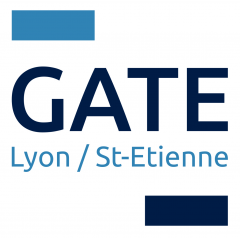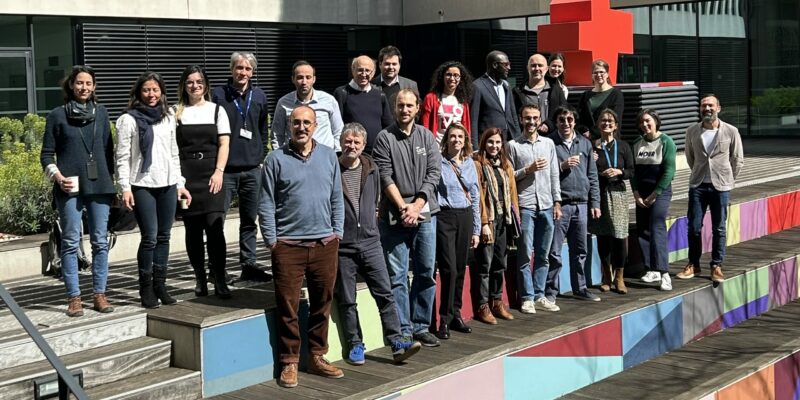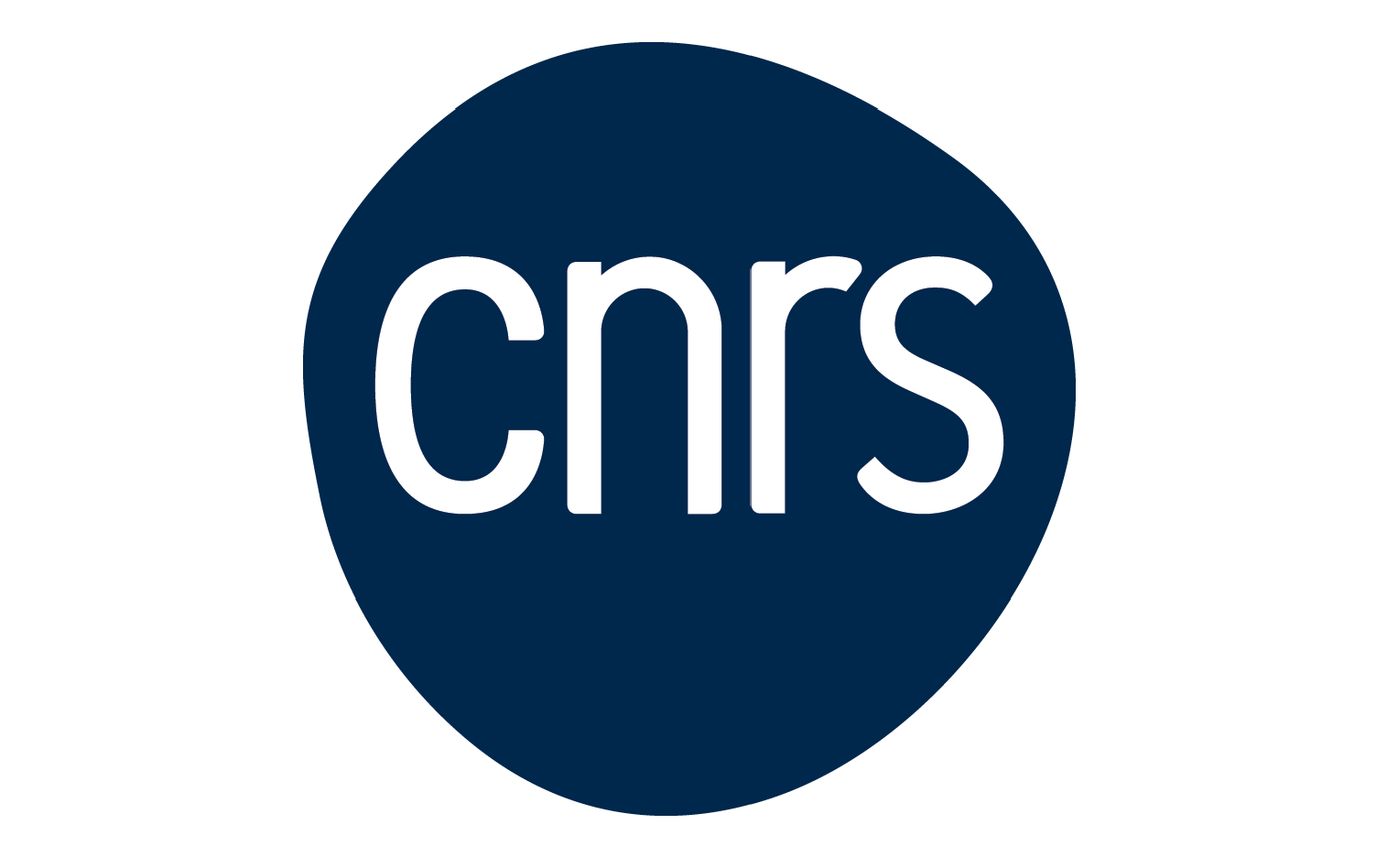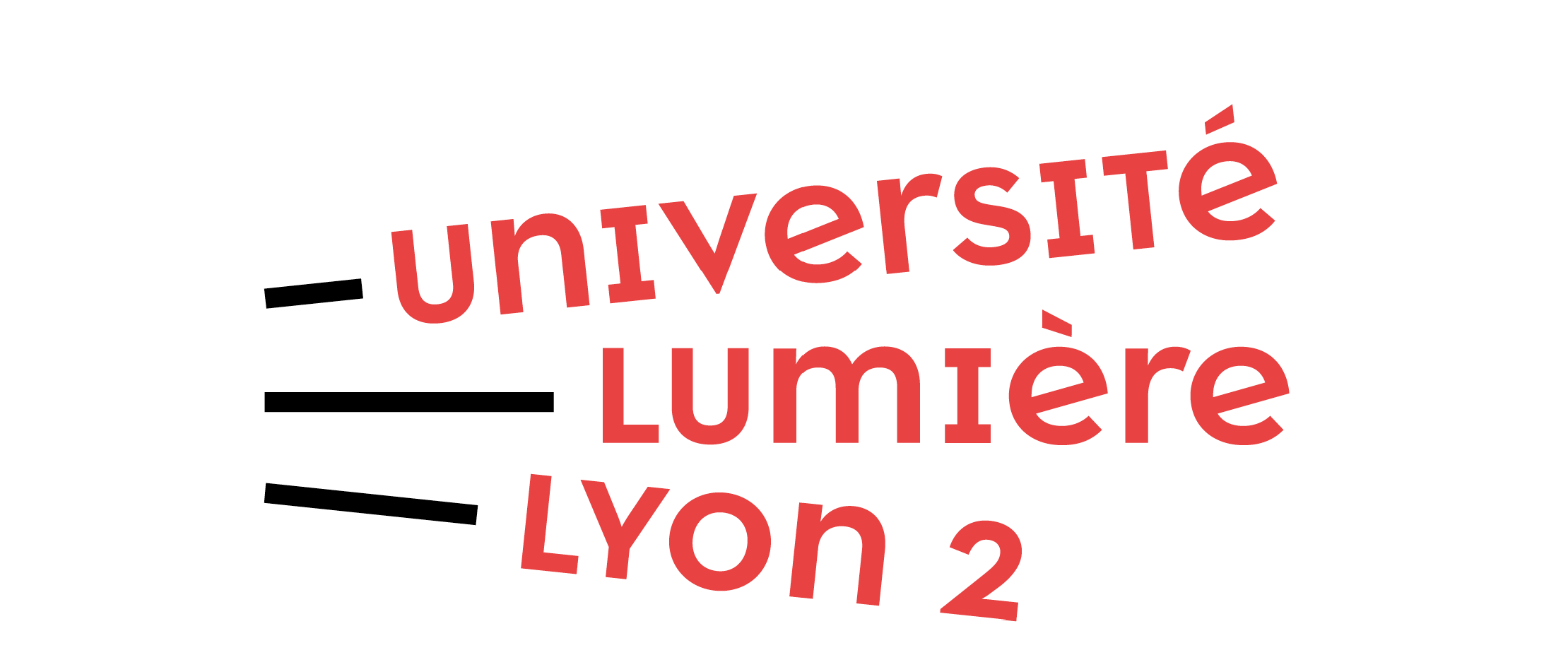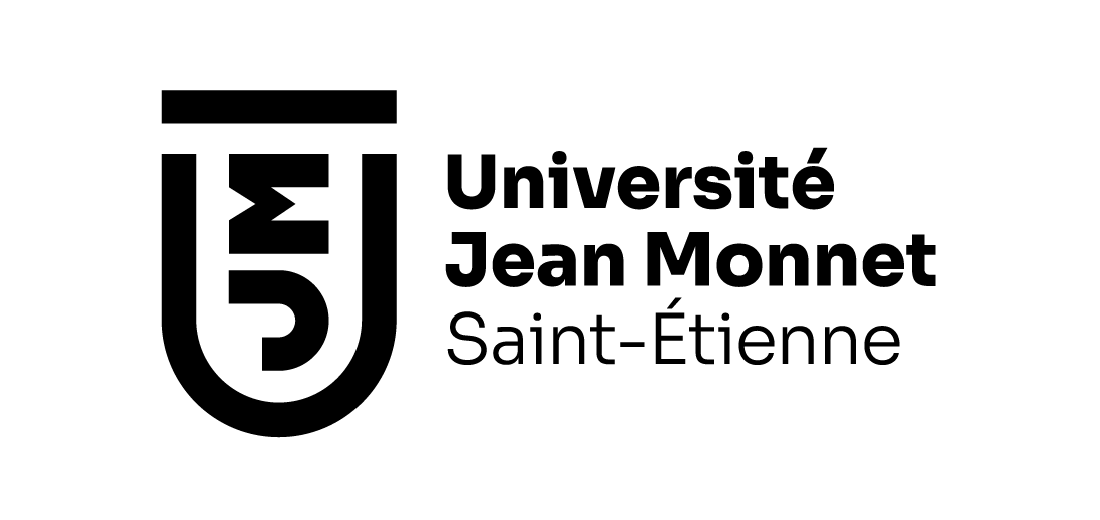Groupe d'Analyse et de Théorie Economique
GATE Lyon Saint-Étienne is a research unit affiliated to the CNRS (French National Centre for Scientific Research), the Université Lumière Lyon 2, the Jean Monnet University and emlyon.
Last news
All newsOur research areas
Macroeconomics, finance and history research area
This research topic focuses on three key themes related to monetary economics.
Game theory, social choice and markets
This group develops research on theoretical and applied microeconomics.
Behavioral economics
Behavioral economics research focuses on decision-making and social interactions.
Development, Institutions, Cities and Regions
Development, Institutions, Cities and Regions group use theoretical and empirical methods to conduct research in applied microeconomics.
Forthcoming events
All eventsWe aim to understand whether, in the simplest of possible settings to minimize any likelihood of informational mechanisms, peer effects and rule compliance still exist and if so why they do. We do this employing a sequence of online experiments, as well as an online field experiment, with representative samples of the US population and with pre-registered experimental designs. The basic setup of our online experiments involves a one-shot choice between two options implying the same or different payoffs, with control questions to check for understanding, attention to the task and reasons for the participants’ choices. In relevant treatments we add brief statements to elicit a pure preference for conformism, social norm compliance, a pure preference for authority compliance, or authority-given rule compliance. We find that over 9 out of 10 participants comply to an authority-given rule when this has no cost. Even with a non-trivial cost and controlling for participants who may have misunderstood the instructions or who were inattentive, around 60% of participants still comply. A preference for compliance to authority drives this effect. Conversely, we find no evidence of a pure preference for conformity as a potential source of peer effects. When there is zero cost, less than 50% of participants follow the choice of a peer: that is, less frequently than if the choice were random. When there is an even trivial cost, the probability of peer compliance (11%) is indistinguishable from a control treatment where no information about the choice of a peer is provided (7%). When there is a non-trivial cost, peer compliance is consistently around or less than 10%, even if there are as many as six peers who have engaged in the same action. We observe no evidence of peer effects with six peers, even at zero cost. Overall, while compliance to authority matters and underpins rule compliance, peer effects appear driven by mechanisms other than a pure preference for conformism.
This study examines the influence of AI-driven chatbots on decision-making within a one-shot Prisoner’s Dilemma context. By manipulating chatbot biases toward either cooperation or defection, and varying user awareness of these biases, the study observes significant e!ects on participants’ choices and beliefs. Notably, contrary to expectations, awareness of biases amplifies rather than diminishes the influence on cooperative behavior. These findings underscore
the roles AI systems play in shaping strategic human decisions and highlight the need for transparency in their deployment.
Gender differences in competitiveness are typically examined in relation to individual labor market outcomes. However, Becker’s (1973) marriage theory suggests that traits like competitiveness can also influence a partner’s income through mating effects (partner selection based on income) and cross-productivity effects (one partner’s traits enhancing the other’s income). Using Dutch household panel data in a context of high female part-time employment, we find that both men’s and women’s competitiveness predict their own future income. However, only women’s competitiveness has a cross-productivity effect. To isolate this effect, we employ a rich set of personality controls and a novel couple fixed effects approach addressing the limitation of single-measurement competitiveness. We find no evidence of mating effects for women’s competitiveness. Men’s competitiveness shows neither mating nor cross-productivity effects. The cross-productivity effect of women’s competitiveness is not driven by household specialization: only women’s work hours increase with their competitiveness, not men’s. Women’s competitiveness does not reduce their partner’s time spent on housework or childcare. In contrast, men’s competitiveness increases women’s housework and reduces their childcare time. Financial satisfaction moderates the positive effect of women’s competitiveness on their partner’s income. Overall, this cross-productivity effect accounts for 11–23% of the gender income gap among partnered individuals
Last publications
All publicationsJournal articles
2025
- ref_biblio
- Ilke Aydogan, Aurélien Baillon, Emmanuel Kemel, Chen Li. How much do we learn? Measuring symmetric and asymmetric deviations from Bayesian updating through choices. Quantitative Economics, 2025, 16 (1), 329-365 p. ⟨10.3982/qe2094⟩. ⟨hal-04911749⟩
- Accès au texte intégral et bibtex
-


- ref_biblio
- Aurélien Baillon, Han Bleichrodt, Chen Li, Peter P. Wakker. Source Theory : A Tractable and Positive Ambiguity Theory. Management Science, In press, 16 p. ⟨10.1287/mnsc.2023.03307⟩. ⟨hal-04964898⟩
- Accès au texte intégral et bibtex
-


- ref_biblio
- Yann Braouézec, Keyvan Kiani. Preventing Price-Mediated Contagion Due to Fire Sales Externalities : Strategic Foundations of Macroprudential Regulation. Operations Research, 2025, 73 (1), 40-60 p. ⟨10.1287/opre.2023.0237⟩. ⟨hal-04817941⟩
- Accès au bibtex
-

- ref_biblio
- João Ferreira, Nobuyuki Hanaki, Fabrice Le Lec, Erik Schokkaert, Benoît Tarroux. Freedom counts: Cross-country empirical evidence. European Economic Review, In press, pp.105022. ⟨10.1016/j.euroecorev.2025.105022⟩. ⟨hal-05050356⟩
- Accès au bibtex
-

- ref_biblio
- Jiakun Zheng, Hélène Couprie, Astrid Hopfensitz. Collective risk-taking by couples : Individual vs household risk. Theory and Decision, In press, 31 p. ⟨10.1007/s11238-024-10021-z⟩. ⟨hal-04911748⟩
- Accès au bibtex
-

